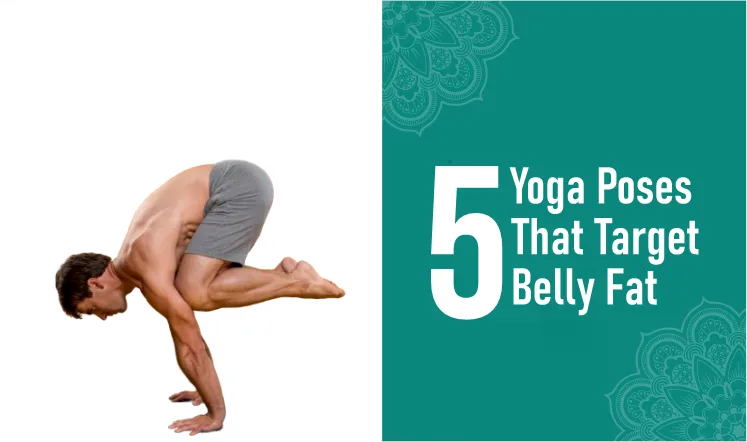5 Yoga Poses That Target Belly Fat
Elementum nisi quis eleifend quam adipiscing vitae proin sagittis nisl. Integer feugiat scelerisque varius morbi enim nunc. Odio euismod lacinia at quis risus.

Facebook
Twitter
LinkedIn
WhatsApp

